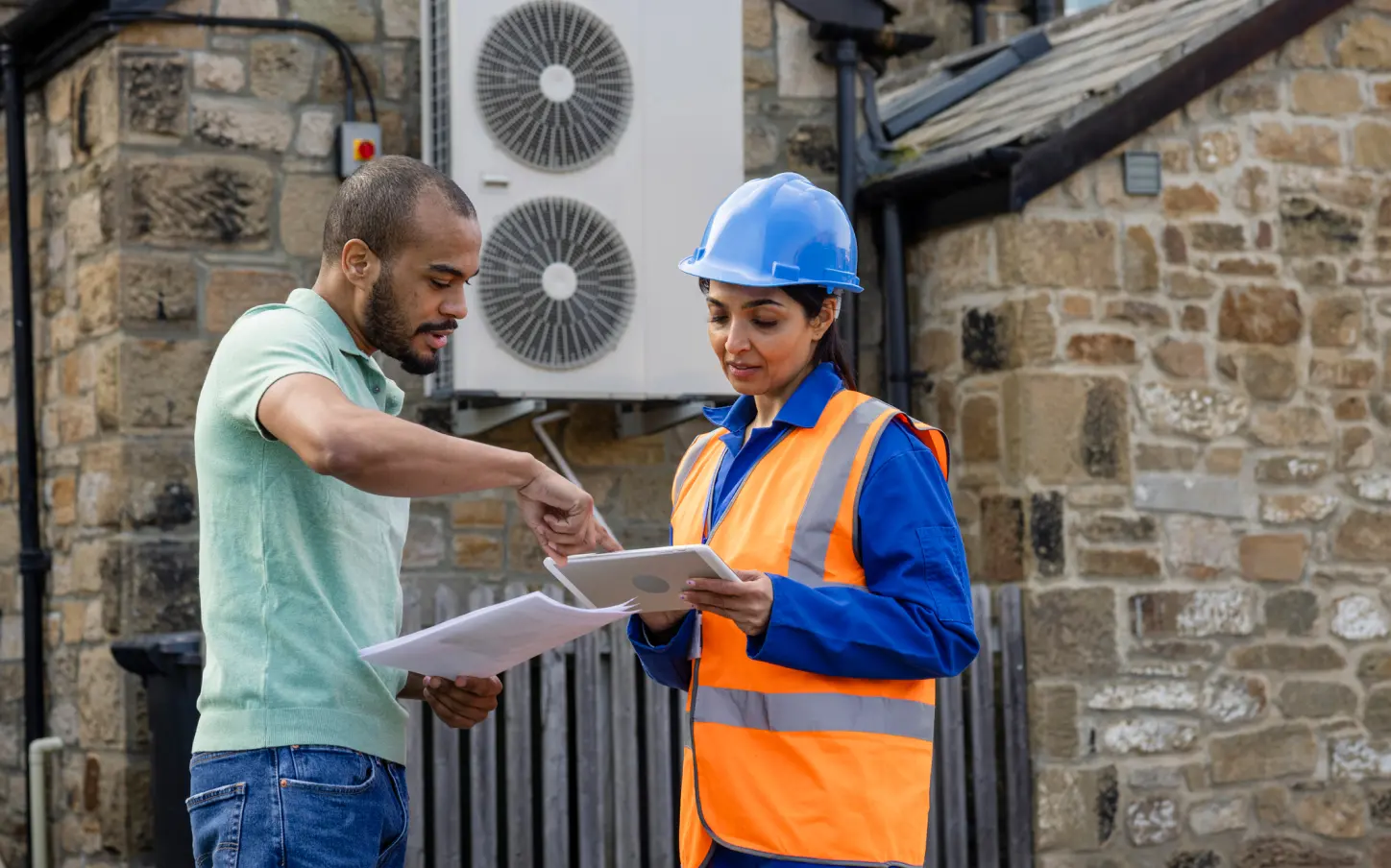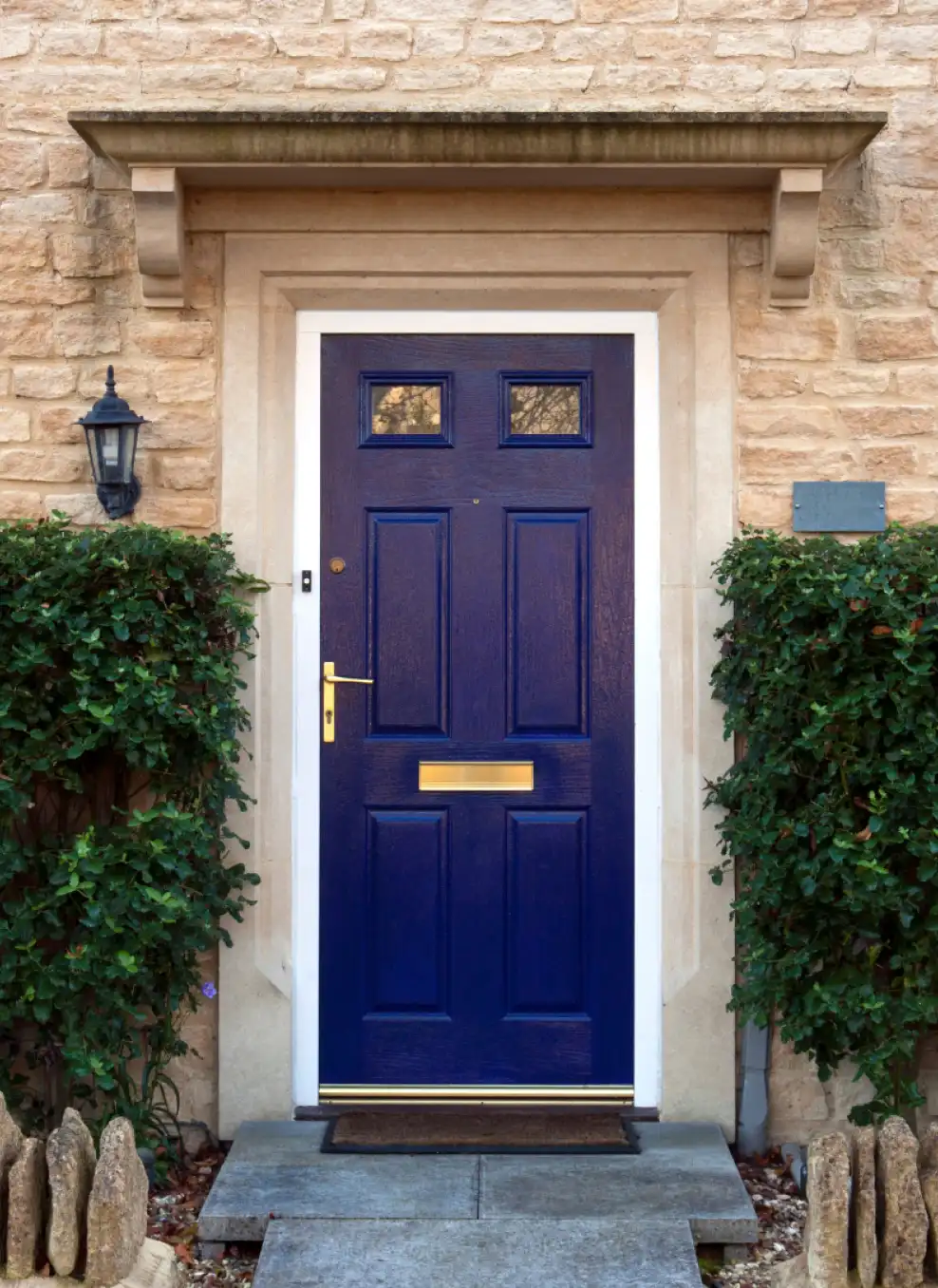Home upgrades
Before installing a heat pump, you might need to make some home upgrades to ensure your system operates at peak efficiency and delivers optimal performance.


You might need to make some home upgrades
Heat pumps are suitable for most homes, but all properties are different and some will be more ready for installation than others. You might need to make some home upgrades to make the most out of your new heat pump system.

Radiator upgrades
Some heat pump installations may require radiators with a larger surface area. Many heat pumps run at a low temperature, meaning that they heat the water that flows through your radiators to a lower temperature than fossil fuel boilers typically do. Using a radiator with a greater surface area allows more heat to transfer from the water inside it out into the room, thus ensuring the room stays warm. To minimise the impact on wall space, double or triple panel radiators, fan assisted radiators, or underfloor heating can be installed, if needed.
High temperature heat pumps will likely not require changes to your radiators.
Pipework changes
A small number of homes may require larger-diameter pipework to allow a greater flow of water through the system. There are a number of factors that influence this, so it is hard to determine whether your home will require changes to pipework without a heat pump installer assessing it in person. The factors that impact this could be:
- the model of heat pump
- the current type of pipework
- the required flow rate for the system
- the amount of heat the radiators need to give off as the water flows through them.
Hot water provision
Heat pumps use a hot water cylinder or heat battery to provide hot water for a property. If you don’t currently have a hot water cylinder, you’ll need to find a space for your hot water store, such as an airing cupboard, utility room or loft. Cylinders can sometimes also be sited outside or in a garage.
Hot water cylinders are usually about 1.5–2m high and 50–80cm in diameter. But if you’re short on space you could get a heat battery, which can be up to four times smaller, and can store heat for longer.
Loft insulation
To make the most out of your heat pump system, you might want to consider insulating your loft if you have not already. Insulating your loft will increase the energy efficiency of your home and heat pump, saving you energy and money.
What should I consider if renovating?
If you are not able to install a heat pump right now, but may be about to undertake a renovation, find out which home upgrades you should consider now that will make getting a heat pump easier and cheaper in the future.
Will you need planning permission?
Many homeowners will not need to apply for planning permission to get a heat pump, but in some cases you might have to. Depending on where you live, you can find out more information below.
Want to see a heat pump in real life?
If you’d like to learn about the experience of someone who has already installed a heat pump in a similar context to yours, you can use the Visit a heat pump website to find a heat pump owner near you. You can also sign up to visit a real home during a heat pump open house event, and chat to the homeowner about their experience of both installing and using their heat pump.